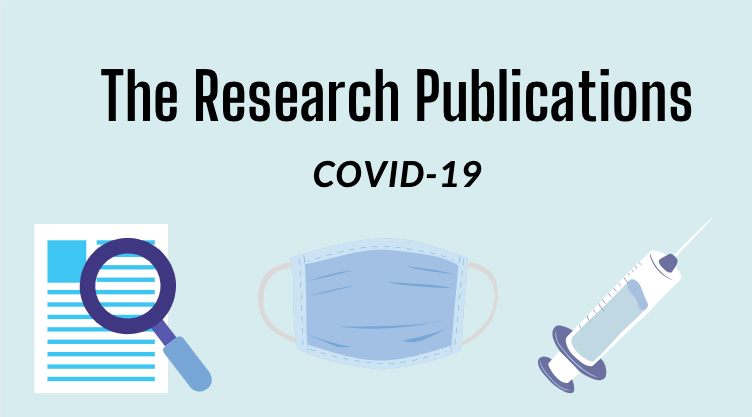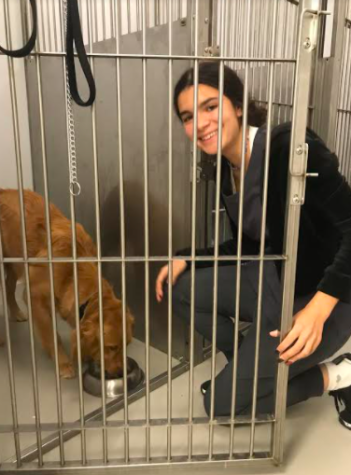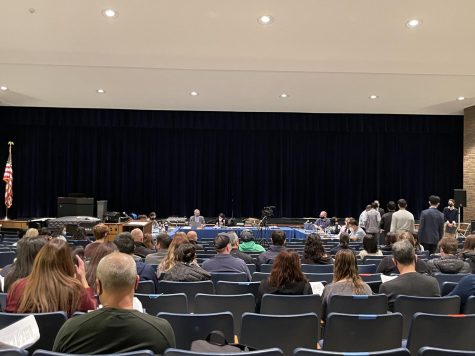The differences between leading COVID-19 vaccines and a personal account
The PV Student Publication has partnered with The Research Club to publish a series of research essays entitled “The Research Publications.” The second essay discusses the differences between leading COVID-19 vaccines and is written by PV senior Aishwarya Pathri.
(Editor’s Note: The PV Student Publication has partnered with The Research Club to publish a series of research essays related to topics of COVID-19. All research essays are written and fact-checked by members of the Research Club, and The PV Student Publication is rolling out these essays as a service to our community. The second essay discusses the differences between leading COVID-19 vaccines. This paper is written by senior Aishwarya Pathri, fact-checked by junior Ben Carter, and edited by senior Elise Schicker.)
As of now, the FDA has authorized 2 different vaccines to stop the spread of COVID-19 made by Pfizer-BioNTech and Moderna. There are also ongoing clinical trials for 3 more vaccines from Novavax, AstraZeneca, and Johnson & Johnson[8]. Although each of these vaccines has the same purpose ー providing immunity from the coronavirus – there are some differences between them.
One key difference is the efficacy rate. The efficacy rate determines the percentage in which the vaccine prevents symptoms of COVID-19. The efficacy rate is tested in the context of clinical trials performed and is compared to the placebo group[9]. (When looking at these rates, it is important to consider that there may be some differences in the ways these trials were conducted. This is critical as it may provide varying results). A higher efficacy rate indicates that the vaccine prevented symptoms in a larger percentage of the people participating. High efficacy rates are expected to yield higher effectiveness of the vaccine in a real-world setting. In other words, the higher the efficacy rate, the more successful a vaccine is at preventing symptoms in an individual.
Another difference between these vaccines is the type of vaccine. Not all of them work the same way. The Pfizer-BioNTech and Moderna vaccines are what are known as mRNA vaccines. These vaccines consist of mRNA which contains the genetic code for a protein found in the spikes of the coronavirus. The mRNA is injected into the body, where the immune system will engage it. The introduction of and engagement between the immune system and the virus protein allows the immune system to recognize this protein on the actual COVID-19 virus in future situations. Since it has been exposed to this virus protein before, it knows how to handle it. Thus, the vaccine allows the immune system to develop immunity[1][15]. The Johnson & Johnson and AstraZeneca vaccines are known as non-replicating viral vaccines/ viral vector vaccines. To make these vaccines, a snippet of DNA from a coronavirus spike protein is inserted into adenoviruses (a type of virus that can cause the common cold). This adenovirus is then modified so that it loses its ability to replicate and therefore can not harm the patient. The immune system will then engage it and develop immunity.[1][10]. The Novavax vaccine utilizes another type of immunization: a protein-based, or protein subunit, vaccine. It contains a lab synthesized version of a spike protein in the COVID-19 virus as well as an adjuvant. An adjuvant is an ingredient that amplifies the immune response and causes it to activate. This adjuvant is added to ensure that the body produces the protective antibodies needed to recognize the protein on the virus, thereby building up immunity[11].
As seen in the table, there are also differences in the dosage regimens for these vaccines. All, except the Johnson & Johnson vaccine, consist of 2 shots given a certain number of weeks apart[6][7][10]. The actual dosage amount can also vary between different vaccines. For example, a dose of the Pfizer-BioNTech is 0.3 mL, while a dose of the Moderna vaccine is 0.5 mL[7]. These vaccines also take different amounts of time for immunity to activate. It is reported that complete immunity is reached 1 week after the second dose of the Pfizer-BioNTech vaccine, 2 weeks after the second dose of the Moderna vaccine, and 28 days after a dose of the Johnson & Johnson vaccine[2]. For this reason, it’s important that one is aware of the time it takes for complete immunity to kick in after their specific vaccine.
There are also distinctions in the minimum ages permitted to receive the vaccine. Most vaccines will only be available for those 18 and older as that was the age minimum of the sample population during clinical trials, but the Pfizer-BioNTech is authorized for anyone above the age of 16[3][4][7][14].
A Compare and Contrast of Different Vaccines for COVID-19 [1][2][3][4][5][6][7][14]
Since I’m an EMT and have been actively riding during the pandemic, I was considered in group 1a for the vaccine and was eligible to receive it. Since I’m under 18, I had to find a vaccine administration site offering the Pfizer-BioNTech vaccine. I received my 2 dosages of the vaccine in Englewood Hospital 3 weeks apart. I did not experience any serious side effects as a result of my vaccine.
I got my first dose on January 14, 2021. After receiving the vaccine, I was instructed to sit for 15-20 minutes prior to leaving the hospital, in case I experienced any immediate, severe side effects. After the time had passed, I tried walking around a little and felt fine. A couple of hours later, my head felt a little cloudy and I experienced arm pain. After I slept for the night and woke up the next day, the head cloudiness had dissipated. My arm pain went away after I moved it around a little.
I got my second dose on February 5th, 2021, about 3 weeks later. I definitely experienced more side effects after the second dose, but this is considered to be normal because the immune system already recognizes the vaccine from the first dose, and it, therefore, elicits a stronger immune response[12]. After receiving the vaccine and waiting through the 15-20 minute period, I again didn’t experience any severe side effects. I experienced mild head cloudiness again, but its onset was almost immediately after the vaccine this time instead of a few hours later. I also felt sleepy and colder than normal and had a headache as well. I didn’t experience as much arm pain as the first dose because I moved my arm a lot more. The next morning, I felt a lot of weakness in my arms, but this subsided in a few hours. After this, I didn’t experience any more side effects.
This is just my experience with the Pfizer-BioNTech vaccine, but it is by no means everyone’s experience. The vaccine impacts everyone differently. All of my side effects were mild, and they were all side effects commonly reported for this vaccine[13]. If you have any concerns about receiving the vaccine, be sure to contact your physician.













